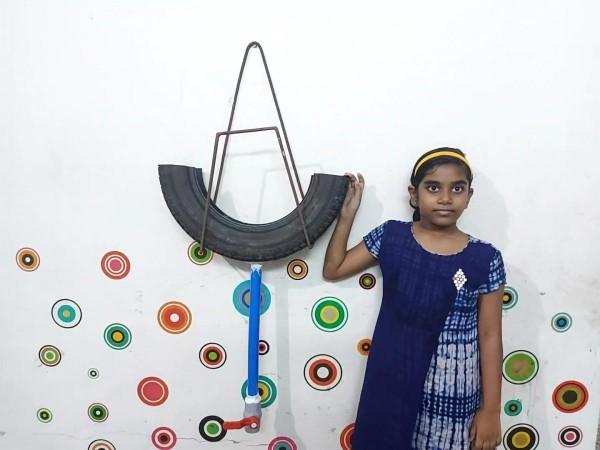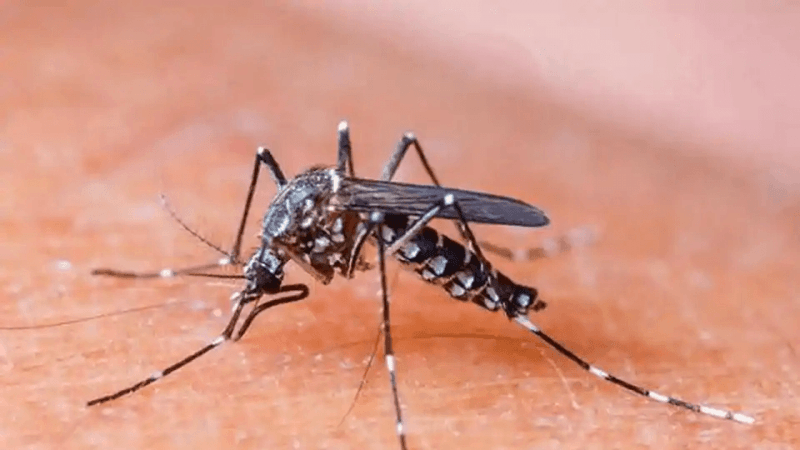People in India may have hardly realized that some strange objects in the form of half cut old car tyres could actually be an effective and simple method to keep away flies and destroy the eggs that could transmit viruses of mosquitoe-borne diseases such as dengue, chikungunya, and zika.
Making an effective use of the old car tyres in a similar manner, nine-year old Indira Arjun from Kalpakkam town in southern Tamil Nadu has come up with a simple and easy method of homemade nets for insects by using the concept of 'Ovillantas'.

Innovative idea for recycling waste
In a video posted on YouTube, Indira can be seen explaining what all is required to make the trap including a 13-inch old tyre, 1 hanger, a 1-inch PVC pipe, silicone glue, ball valve, PVC glue, filter paper and a bottle filled with water.
She explained further how the tyre is needed to be cut into two halves in order to make an oval with the opening and the bottom piece of the one half-cut tyre is then filled with water. Next, a valve to release the solution is needed to be placed at the base of the trap which would make it easier to drain and filter the entire device.
The homemade mosquito trap can be easily hung on walls or even in outdoor spaces like the gardens. After a couple of days, when the insects get stuck inside the structure, the valve can be utilised to drain out the water, flushing out the flies and their eggs along with it using a chlorine solution.
Ovillanta: A Mexican concept

Ovillanta, a combination of Latin and Spanish words, is basically an eco-friendly mosquito trap that is made out of a recycled car tyre.
According to reports, the concept was first invented by Gerard Ulibarri, a chemistry professor at Laurentian University in Ontario by accident while working on a project involving mosquito traps to tackle the West Nile virus that broke in the 2000s.
Such mosquito traps are commonly used in Mexican villages to keep away from mosquito-borne diseases.
As compared to any other mosquito trap method, studies have reportedly found that Ovillantas can destroy up to seven times more flies than any other traps or even repellents.

















